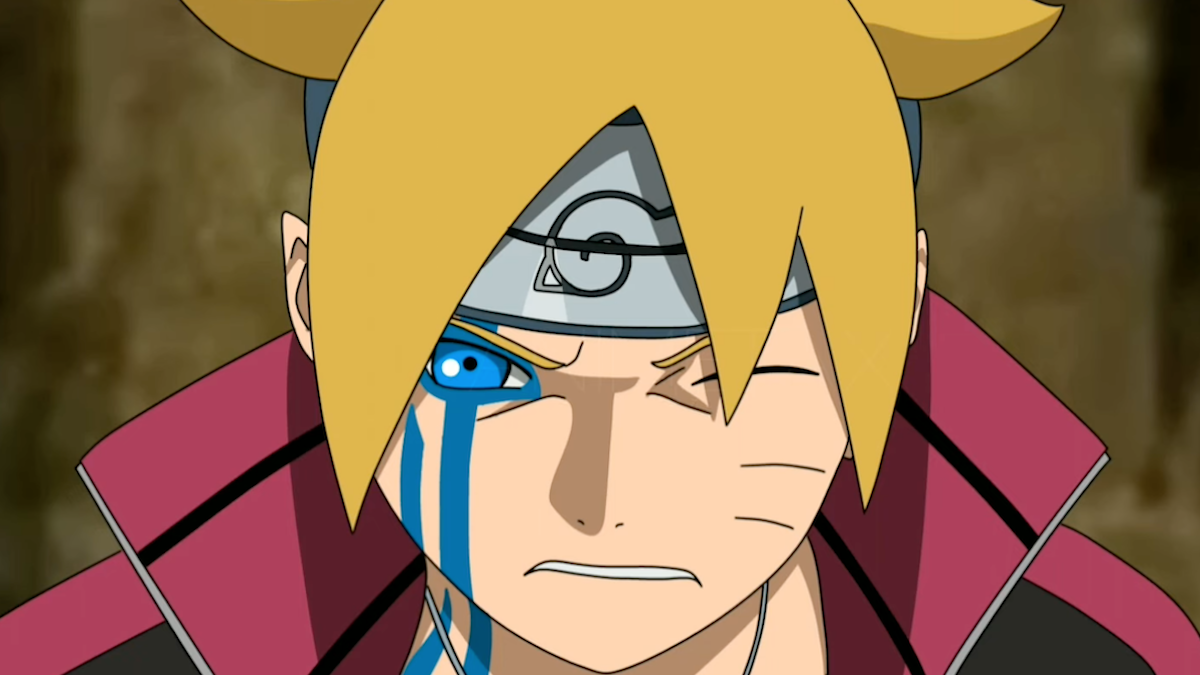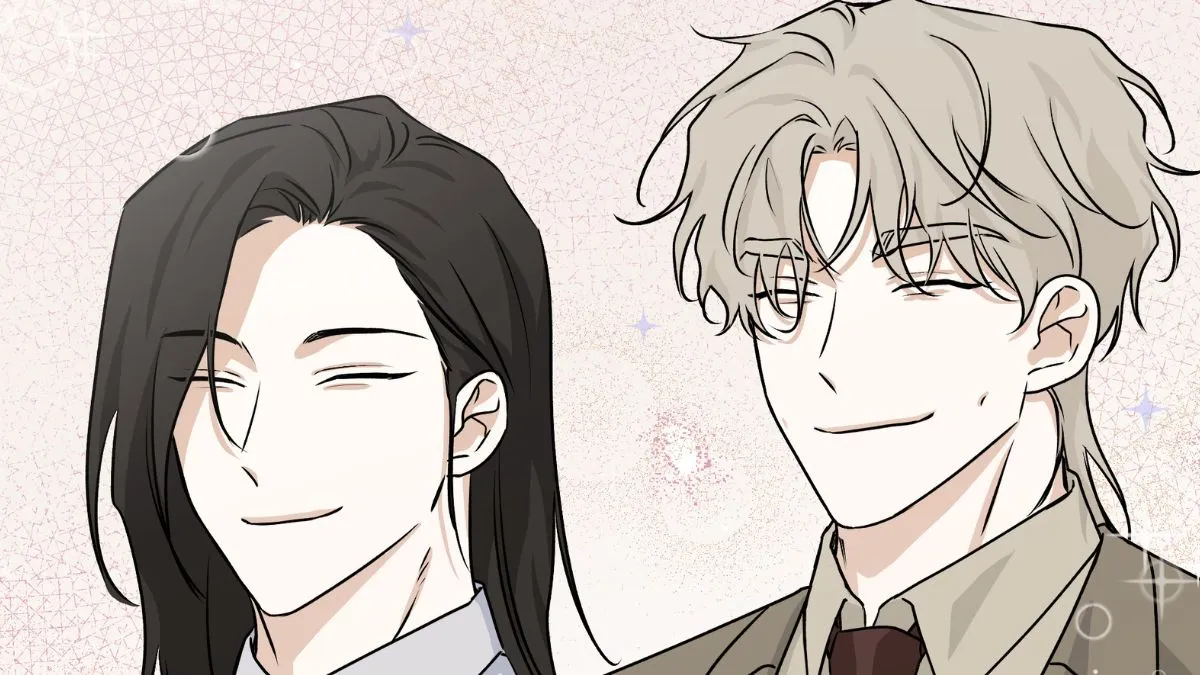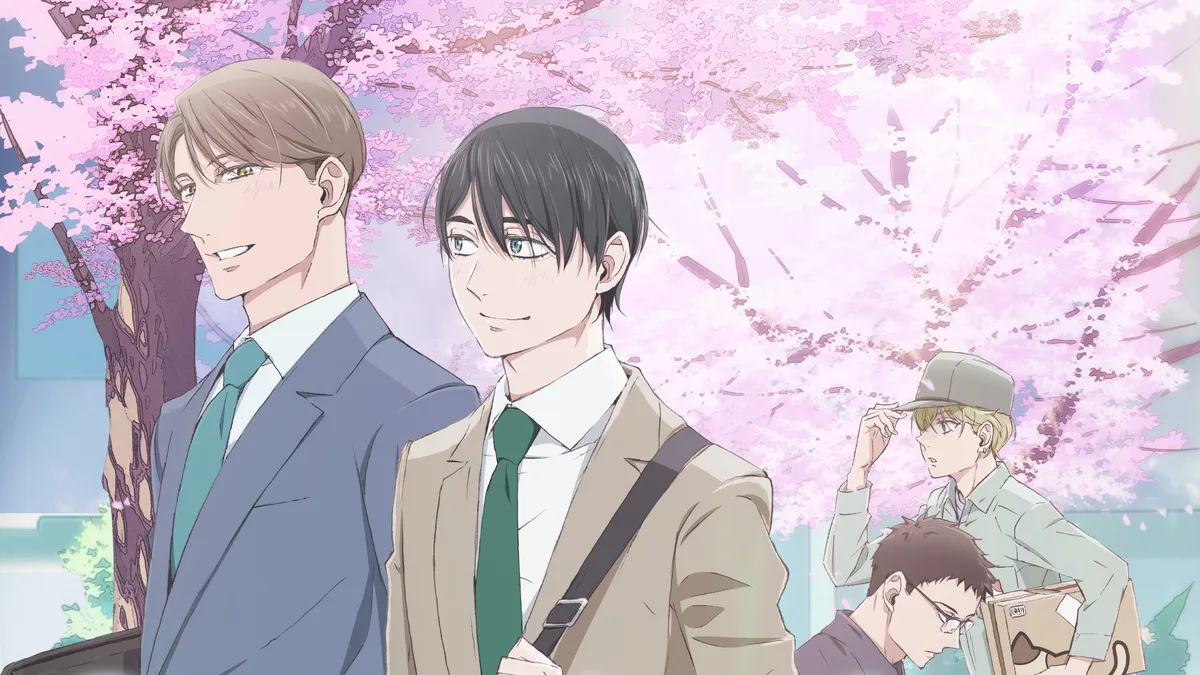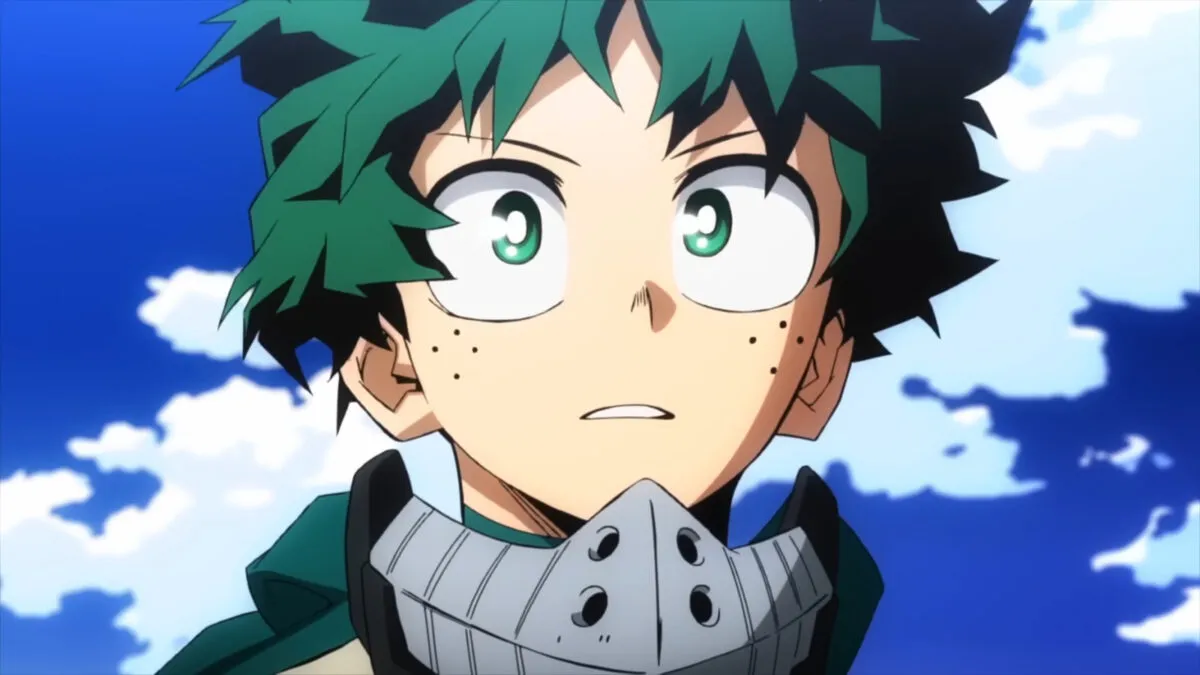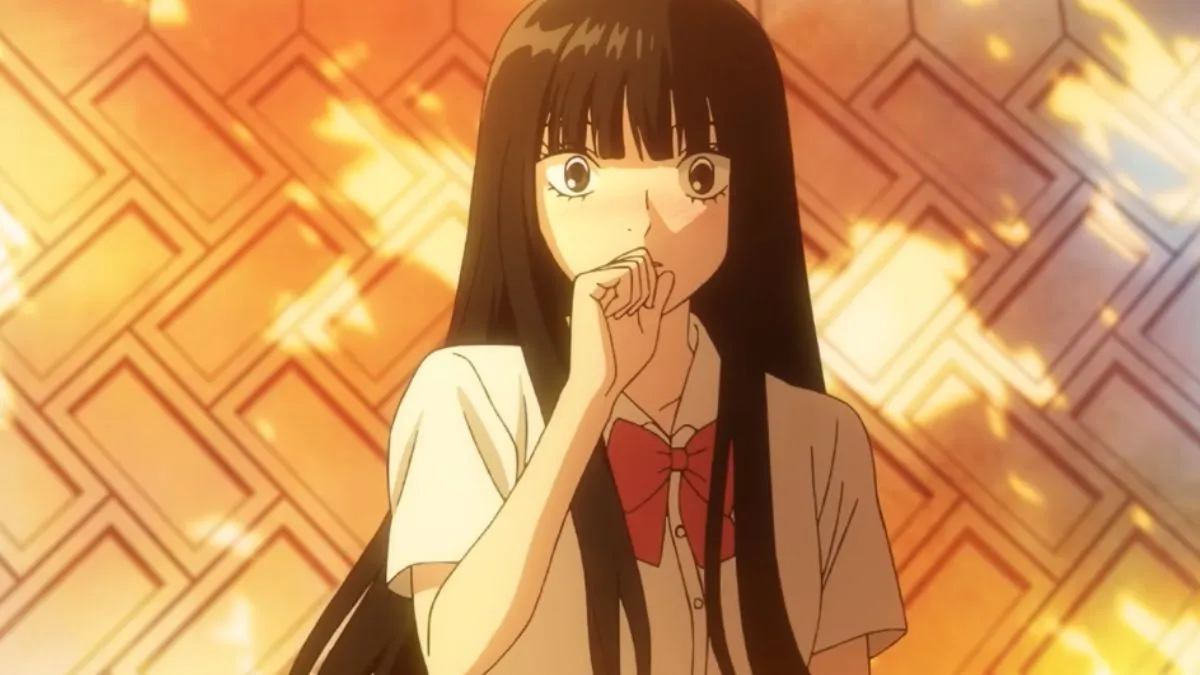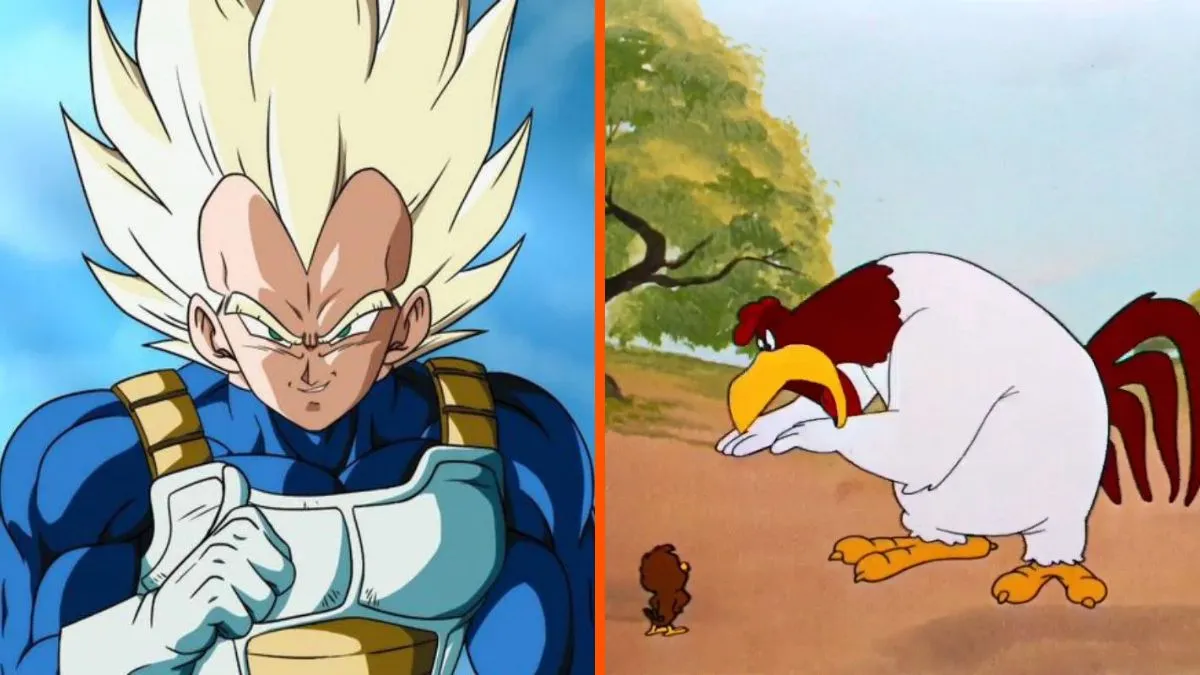As the continuation of the massively successful Naruto series, Boruto: Naruto Next Generations has a lot of pressure on its shoulders. Among the various storytelling strategies used by the series to improve the narrative and deepen character development are “filler” episodes – which diverge from the main plot to focus on other stories and characters. Although there is some disagreement among viewers as to whether or not filler episodes add anything to the series as a whole, there are some good arguments in the fillers’ favor.
For starters, filler episodes can further establish or deepen a character since the main plot advances quickly, leaving little room to develop secondary characters besides Boruto. In addition, filler episodes are a crucial part of world-building for a sprawling anime series like Boruto. The ordinariness of episodes like “Family Day” (episode 93) helps to humanize and anchor the otherwise fantastical ninja world. Seeing the characters in their most vulnerable states strengthens the viewers’ emotional connection to the show.
Furthermore, the potential for originality and variation exists even in filler episodes. They can switch gears from the main plot, offering comedic relief or venturing on exciting detours. This variation can keep the show from becoming repetitive or boring, which is essential for keeping viewers interested over the long haul. With that stated, here are some of the best Boruto filler episodes.
10. “A Heaping Helping! The Eating Contest!” (episode 94)
Although it doesn’t contribute much to the series’ larger plot, “A Heaping Helping! The Eating Contest!” is beloved by fans for its humor and lightheartedness. In this episode, father and daughter combo Choji and Cho-Cho Akimichi focus on their shared passion for food rather than the usual ninja action and drama by competing in an eating contest at a food festival hosted by the Hidden Leaf Village. In contrast to the serious conflicts these characters typically engage in, this competition is all good fun.
The episode is particularly noteworthy because it reveals the beauty of ordinary life in Hidden Leaf Village, making the high-stakes world of Boruto feel more approachable and endearing to viewers. In addition, this episode deals with the importance of having supportive parents. While preparing Cho-Cho for the competition, Choji gives her advice on more than simply eating well to win.
9. “Hiashi’s Birthday” (episode 138)
‘Hiashi’s Birthday’ follows Boruto and Himawari as they plan a party to honor their grandfather — Hiashi Hyuga — on his birthday. The episode hinges on the two kids’ determined search for the ideal present for their grandfather. This straightforward premise offers an excellent glimpse into their family dynamic and the community of Hidden Leaf Village. As a budding shinobi, Boruto naturally considers a new kunai knife as a present that speaks to his interests and skills.
However, with the help of others and some self-reflection, he realizes that the best presents put the recipient’s needs before the giver’s. Boruto’s growing maturity and compassion are shown in this epiphany that he has had. Himawari — who usually doesn’t get as much attention — gets more of it in this episode, which reveals more about her kind personality, her bond with Boruto, and her reverence for her elders to the audience.
8. “The Uzumaki Family’s Hot Springs Vacation” (episode 258)
Even though it’s just filler, “The Uzumaki Family’s Hot Springs Vacation” has a nice mix of comedy, excitement, and closeness among the Uzumaki clan. In the episode, the Uzumaki family vacations at a hot springs inn. Boruto speculates that the specters of the old inn’s past may make Kawaki uncomfortable. While in Konoha, Mirai enters the Hokage’s office and sees Shikamaru processing Naruto’s paperwork. He reveals that Naruto’s family has won a vacation at a hot springs inn through a raffle, and Mirai recalls that she, Guy, and Kakashi previously stayed there, during which time they heard the ghost story.
Boruto and Kawaki look into a slashing of one of the inn’s statues. While there, Boruto suggests ping pong but loses interest when he sees that Kawaki isn’t good at it. Naruto and Hinata — with Himawari as a referee — defeat Boruto and Kawaki thanks to their superior teamwork. The importance of this episode to the Boruto series can’t be overstated since it demonstrates that the Uzumaki family places a higher priority on spending time together than on their ninja responsibilities.
7. “The Genin Documentary” (episode 48)
Unlike previous episodes, this one is presented in a mockumentary style, offering viewers an inside peek into the life of the recently graduated genin, with a spotlight on Team 7 (Boruto, Sarada, and Mitsuki). At the beginning of this episode, a film crew decides to document the new genin of Hidden Leaf Village. The film crew follows Team 7 around, documenting their routine and training sessions. By breaking away from the typical mission format, this episode focuses more closely on the relationships between the characters and how they interact.
Being Naruto’s son, Boruto attracts a lot of interest from the film crew. How Boruto responds to the spotlight, communicates with his squad, and emerges from his father’s shadow are all shown through their eyes. The episode provides a well-rounded character analysis of Team 7 by delving into Sarada’s drive to become Hokage and Mitsuki’s mysterious nature. The episode focuses heavily on the ties between Team 7 members and the importance of working together. Their closeness and mutual respect are beautifully captured in this episode, highlighting the true nature of their connections, which go far beyond the call of duty.
6. “Super Cho-Cho Kiss Mode” (episode 68)
Tomaru – a famous actor, and Ashina – his co-star in the film, travel to the village of Hidden Leaf to begin filming. With Cho-Cho’s newfound crush on Tomaru, the episode features the trademark comic relief of the series. The episode is more than simply a humorous diversion; it delves deeply into Cho-Cho’s sense of self-worth and the nature of true attraction. Cho-Cho — ordinarily full of confidence — becomes self-conscious about her appearance upon meeting Tomaru. To win over Tomaru, she uses the Partial Multi-Size Technique of her clan to reduce her weight drastically.
The “slim” Cho-Cho is more attractive to her; thus, she calls this persona “Kiss Mode.” Cho-Cho, however, starts to second-guess her emotions and behavior as the episode unfolds. She knows that trying to modify her outside appearance won’t alter her inner self and that if Tomaru can’t love her for who she is, he may not be the one for her. This epiphany is one of the show’s most powerful moments regarding body positivity and self-love, and it’s presented in a stunning montage.
5. “The Chunin Exams: The Recommendation Meeting” (episode 50)
This episode details the evaluation of potential Chunin Exam candidates among the genin. At the beginning of the episode, the five Kage and their advisors gather for a meeting. They talk about the upcoming examinations determining which genin are ready to advance. As the five Kage discuss the various candidates, the audience gains insight into the inner workings of ninja politics and the decision-making process.
Although Boruto and his companions are excited to participate, Naruto and other prominent villagers are skeptical, wondering if they are adequately prepared for the tests. Boruto’s desperation to prove himself and escape his father’s shadow, Sarada’s determination to forge her own path and advance as a shinobi, and Mitsuki’s secretive yet loyal nature are all on display for viewers. This episode also focuses on the development of the youthful shinobi. Their teachers and parents voice their concerns, wishes, and expectations – indicating the passage of time and the cyclical cycle of existence in the shinobi world.
4. “Team 7: The First Mission” (episode 40)
“Team 7: The First Mission” marks the beginning of Team 7’s adventure together. The episode begins with Naruto — the Seventh Hokage — giving Team 7 (Boruto Uzumaki, Sarada Uchiha, and Mitsuki, commanded by Konohamaru Sarutobi) their first mission. Outwardly, their mission to accompany a village headman to his community and mediate a disagreement over a dam sounds straightforward.
As Team 7 begins their assignment, however, they rapidly learn that things are not as simple as they first look. The episode deftly juggles multiple plotlines, including investigating the shinobi community’s social and political challenges. The development of the squad is the show’s central theme. Each member of Team 7 has a chance to demonstrate their worth as a ninja. Under Konohamaru’s direction, the mission showcases Boruto’s imagination, Sarada’s strategic thinking, and Mitsuki’s composure under fire, making for a well-rounded and effective team.
3. “Crisis: The Threat of Failing” (episode 16)
Denki Kaminarimon, who isn’t very athletic, is at the center of this episode because he’s in danger of failing the physical exam. Denki has never been very good at martial arts, preferring instead to focus on the mental and strategic aspects of being a ninja. Despite this, he wants to succeed and not disappoint his crew. Boruto and his companions have decided to provide a hand to Denki. They work out with him to help him get stronger and more confident.
This endearing subplot shows how much Boruto’s gang values friendship and working together. The episode also illustrates the closeness of the team members and their desire to see one another succeed. As the episode progresses, we also see Boruto’s leadership qualities, including his ability to encourage and drive his friends. Boruto, despite his rebellious nature, has a great heart and a talent for making other people happy, as evidenced by his willingness to assist Denki.
2. “Shikadai’s Decision” (episode 97)
In this episode, Shikadai must make a difficult choice that will affect his future and relationships with those around him. His predicament stems from an encounter with a diplomat from the Land of Wind, who — impressed by Shikadai’s strategic prowess and connections to the Kazekage family — offers him a place to work with him. The episode hinges on Shikadai’s internal dialogue while he considers this proposition. His mixed feelings about leaving his companions and shinobi duty behind outweigh his admiration for the chance to make a difference in politics. Shikadai’s dedication to his friends and village shines through during this conflict.
Together with Shikamaru and Temari, Shikadai has in-depth discussions about his future options. Seeing how his parents teach him without imposing their will is fascinating, and these sweet family moments give readers a window into the Nara family dynamic. Similarly, the episode shows how Shikadai’s friends — particularly Boruto and the rest of the team — respond to the news of his possible departure. Their shock and grief highlight Shikadai’s decision’s impact on the young shinobi and the close ties they’ve developed with one another.
1. “Something That Steals Memories” (episode 118)
This episode follows Boruto and Konohamaru as they get closer to solving the mystery of Daidai Village as Soma’s strategy develops further. The possessed Kankitsu finally had enough of Konohamaru’s meddling and sent him packing back to the Leaf while making a formal complaint to the village elders. Despite having Remon’s memory-protecting hairpin, which had been entrusted to him by Asaki, Soma manages to steal Boruto’s memories of his encounter with Kankitsu and the days that followed, leaving him staggering back to the Leaf in a daze.
But by a series of fortunate events, Boruto can recover his lost memories, leading him to track down Konohamaru, who is currently under house arrest as he studies antidotes to Soma. With renewed resolve, the pair set out for Daidai Village to make peace. The episode stands out for its thoughtful examination of memory and its role in shaping an individual’s sense of self.

